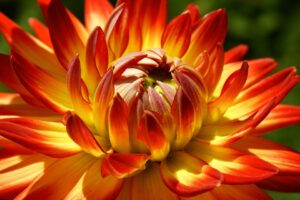Varosha was the Greek quarter of Famagusta. It used to be a bustling town where Greek Cypriots and Turkish Cypriots worked side by side happily. There were hotels being built to handle the tourist traffic. In all, there were 36 hotels that accounted for half of the bed spaces in Cyprus. Famagusta also had nurseries, museums, and art galleries. There were primary, secondary, and private schools.
It was an ideal location geographically for traders from Europe to the Middle East. It housed a busy port that imported and exported goods for the town. Banks, insurance and shipping agencies thrived in this vibrant place. Contemporary shops, boutiques, cinemas and nightclubs all sprouted up.
Famagusta was the place to be, until the Turkish army invaded in August of 1974. They were responding to a Greek Cypriot coup where the people of Varosha fled. They did not even stop to take their clothes and belongings. It is said there is still a car dealership there that has brand new 1974 cars in it.
Now Varosha is known as Cyprus ghost town that only reptiles and rats live in. The buildings are crumbling and metal is rusting. Empty buildings have been looted and roads are cracking under the hot sun. Plant life is reclaiming this little town.
Although Turkish and UN troops patrol what used to be Famagusta, one may visit. Keep in mind that there is no entrance of what used to be Varosha. One can have access to the perimeter and some of the beach front. No photos are allowed and cameras will be confiscated if one tries to use one. One may even be arrested for trying.
These two sites have become the symbol of the Cyprus conflict. Famagusta is listed on the World Monuments Fund’s watch list of 100 Most Endangered Sites. If one wants to visit Cyprus ghost town, they should do so soon.
Source by S. Malcolm




